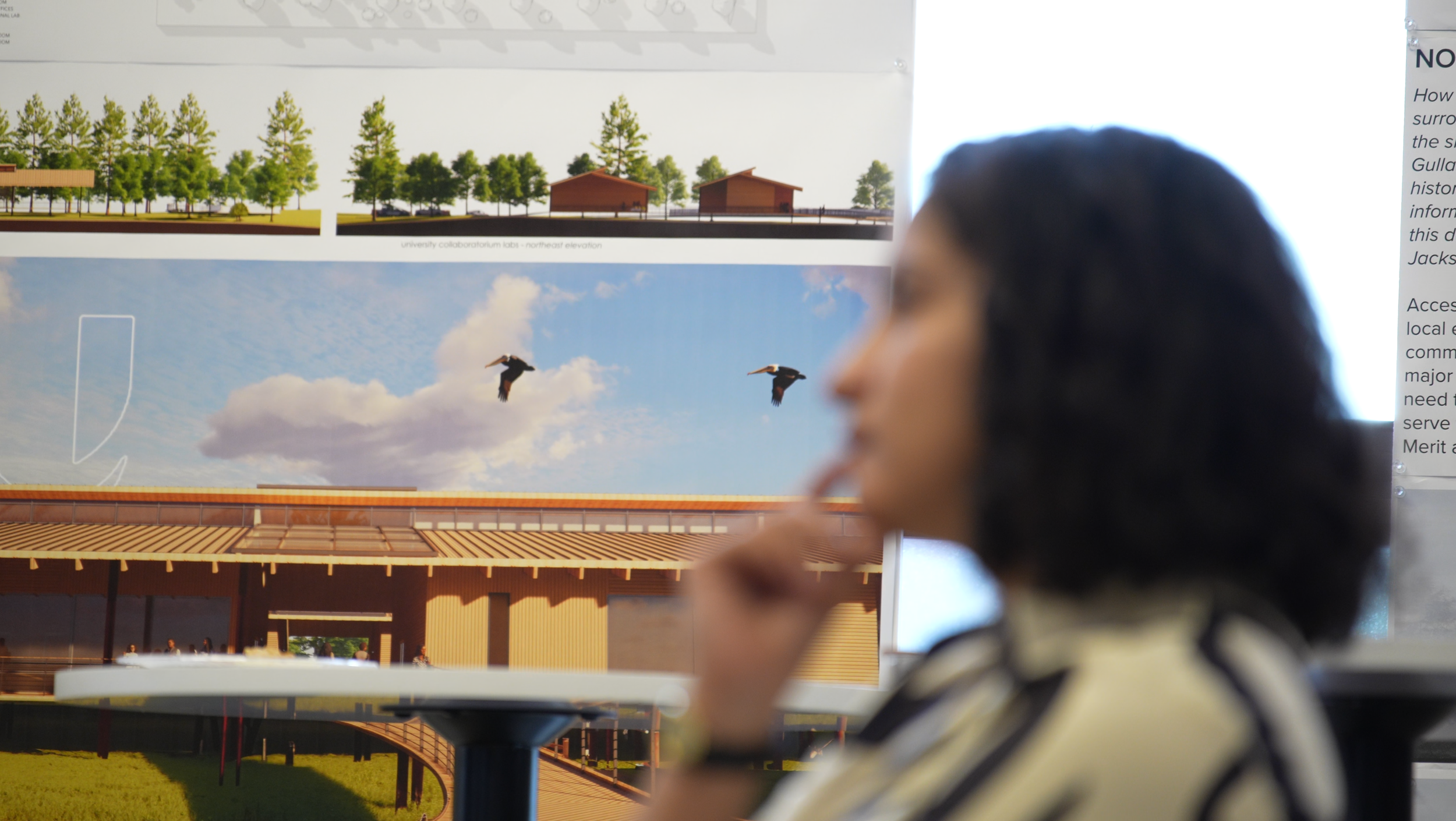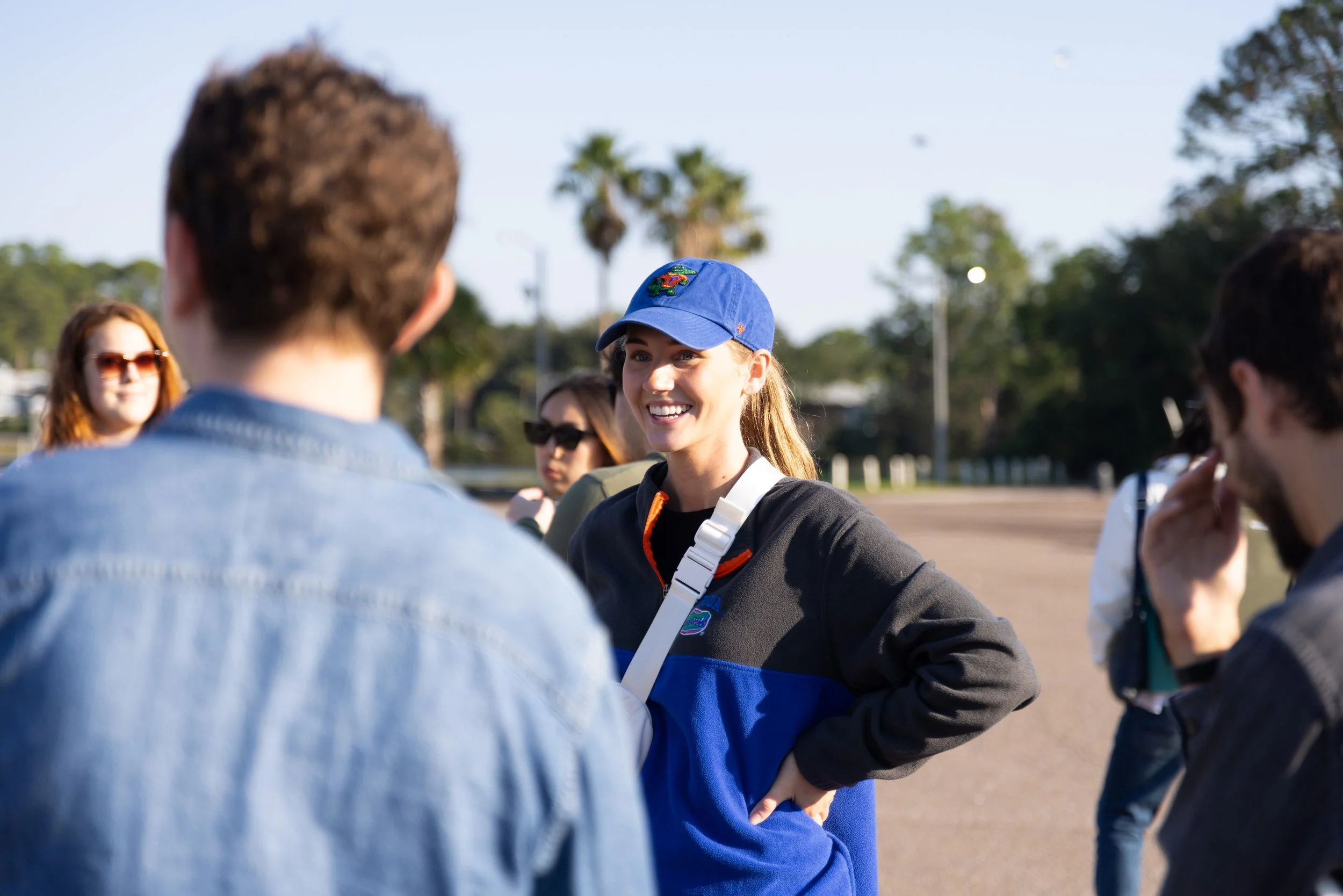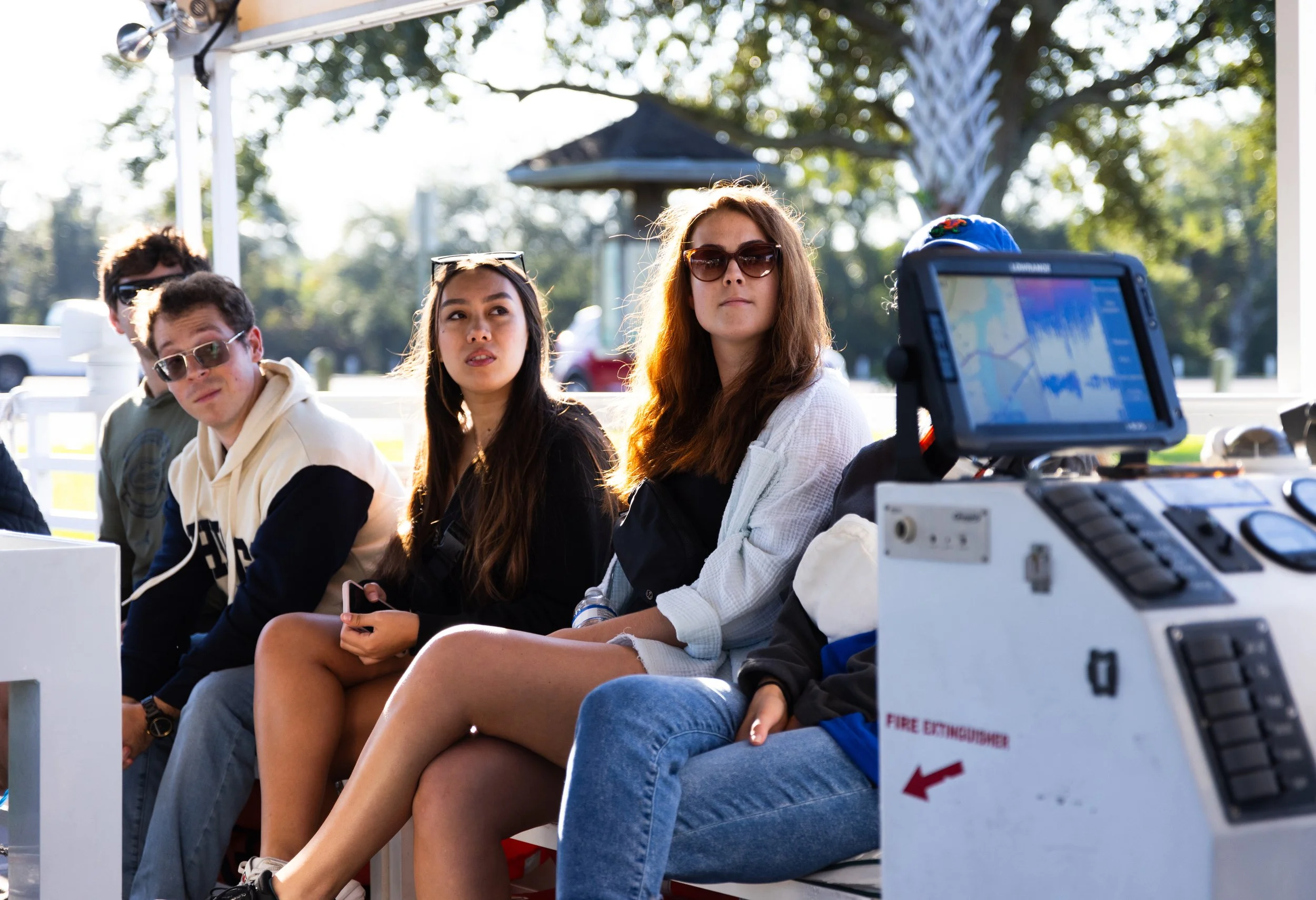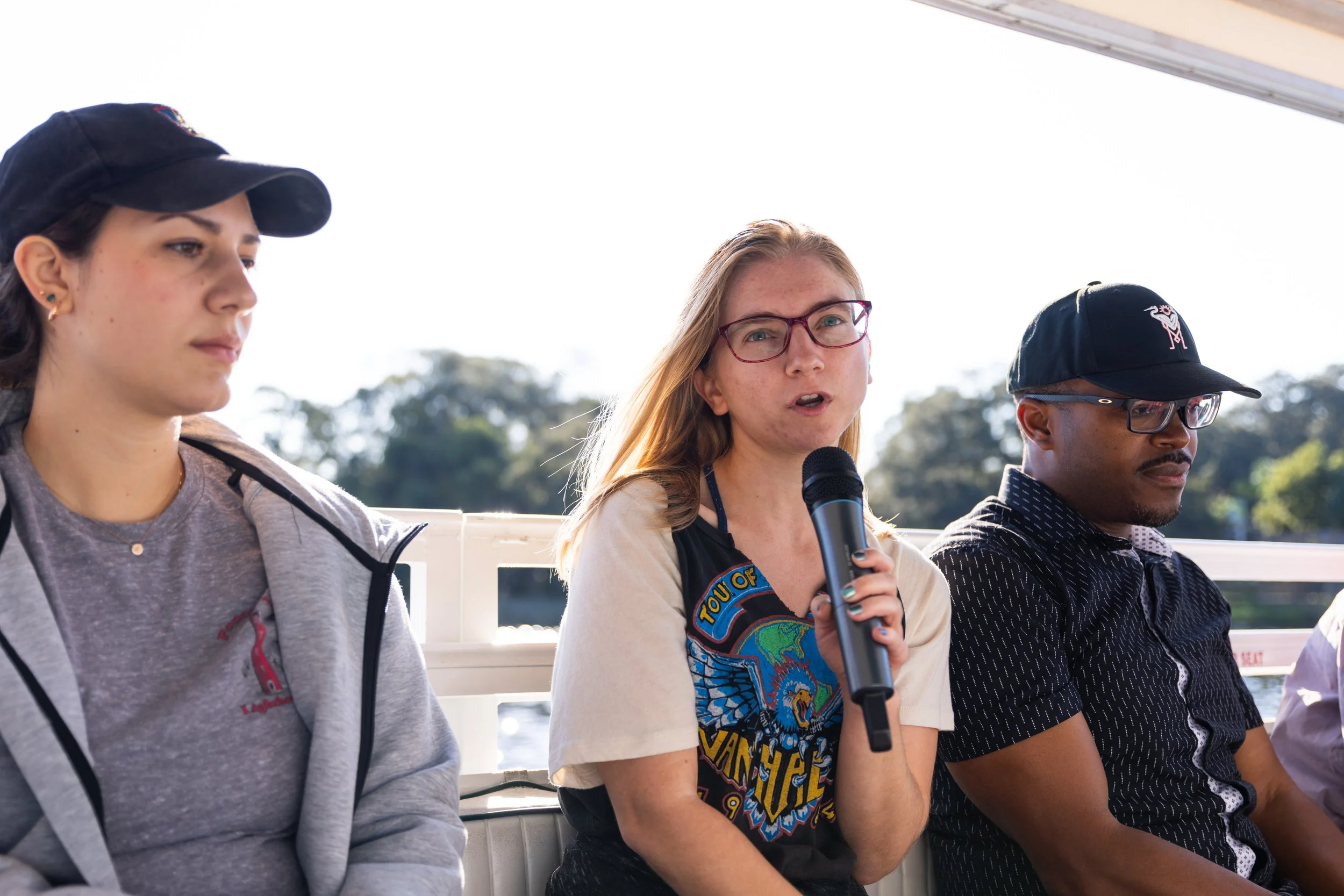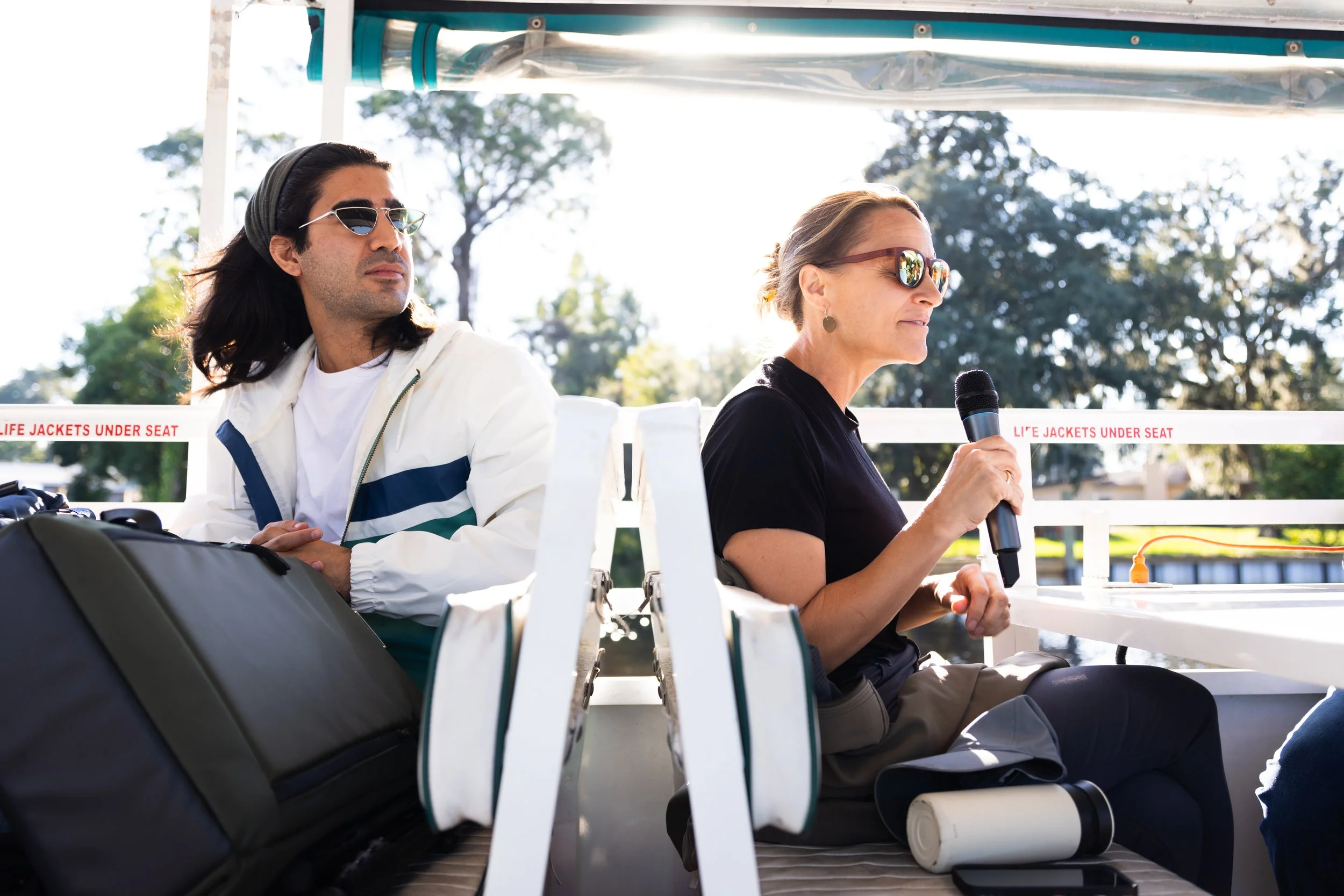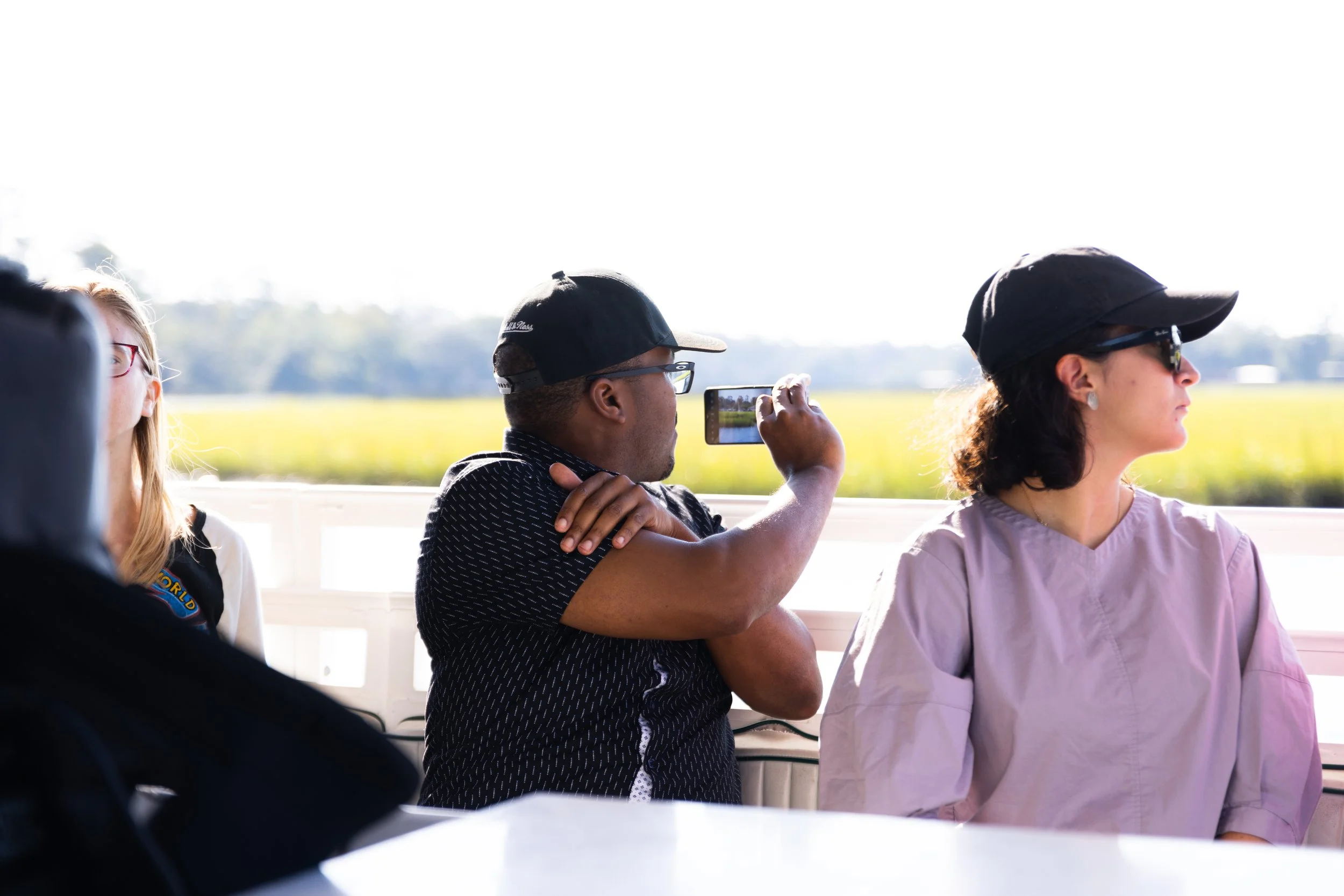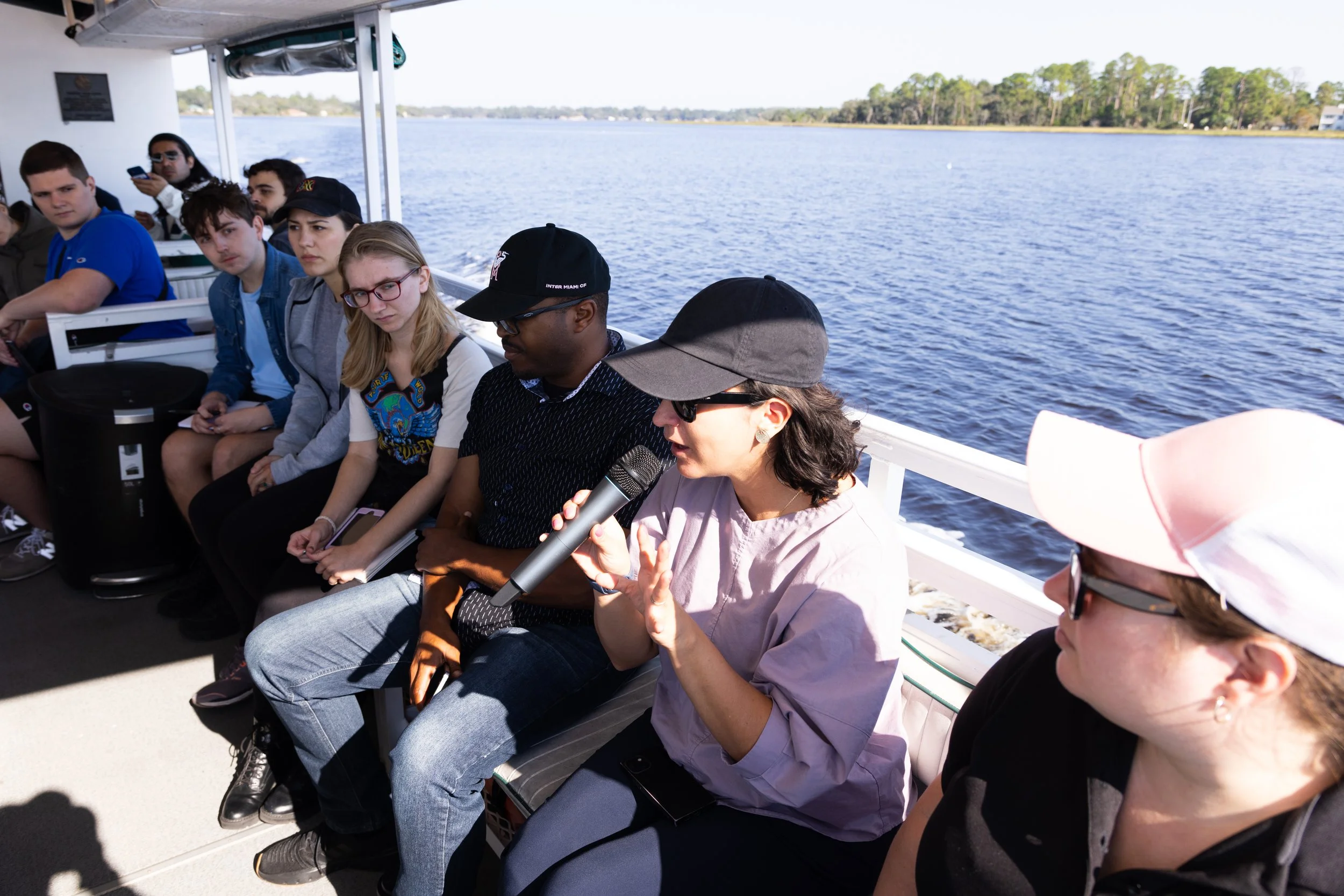Download Book
———— F O C U S
This studio invites students to work with current technology (Internet of Things, point clouds, artificial intelligence, and digital twins) as tools and instruments that will help design and articulate proposals in a contemporary manner. The design studio will focus on the concept of FLUID within Landscape Architecture. The projects must consider such a concept as a driving compass as they will encounter it throughout their work, rendered as a flood of data, water, and people. Students’ work will entertain interventions underwater, at the shoreline, and on land.
———— D E S C R I P T I O N
The design studio focuses on developing and revitalizing vacant properties contaminated with incinerator ash along the Ribault River. The City has nearly completed the remediation process for residential parcels in the Gold Merit and Pope Place Ash Site area and is actively working towards purchasing these properties. This design studio aims to transform these areas into a safe, accessible, and sustainable public space with targeted interventions to activate the area. Through collaborative efforts and strategic planning, the students will develop projects to remediate contaminated land, protect against flooding, and provide valuable community amenities.
———— D E S I G N B R I E F
The design brief focuses on the interface between water and land in Jacksonville, emphasizing the restoration of the natural landscape and contamination mitigation. Projects should enhance flood protection while prioritizing sustainability. Key design elements include the design of public parks and flood-resilient infrastructures to activate the selected areas. Students will test their design in hazardous situations, such as the storm surge inundation caused by Hurricane Ian in 2022. The studio is partnering with St. Johns Riverkeeper to demonstrate the potential of these sites to the community and the city to prevent new home construction in flood zones and advocate for increased public access and natural buffers. We will have 2-3 visits to the site funded by the Riverkeepers.
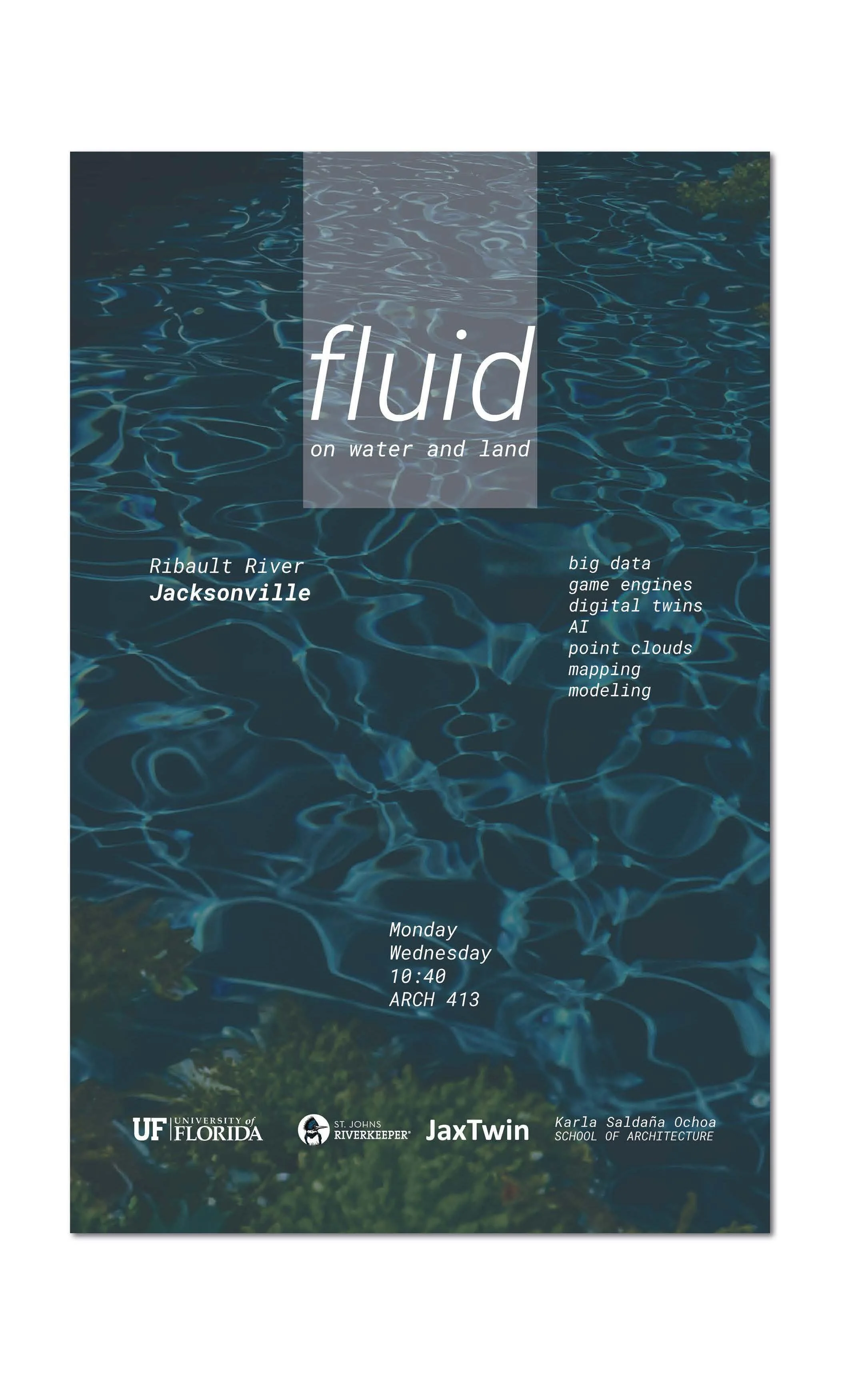
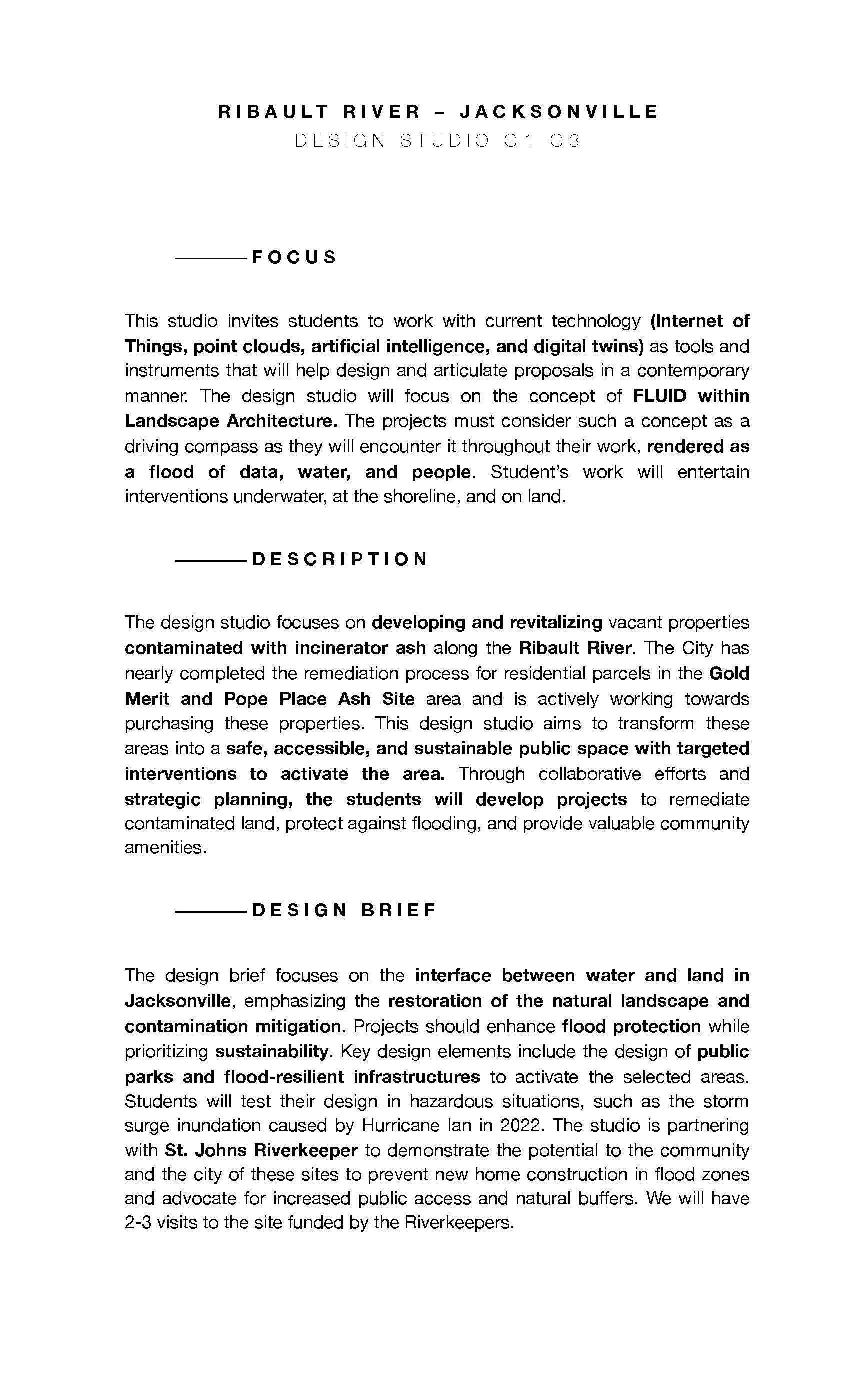


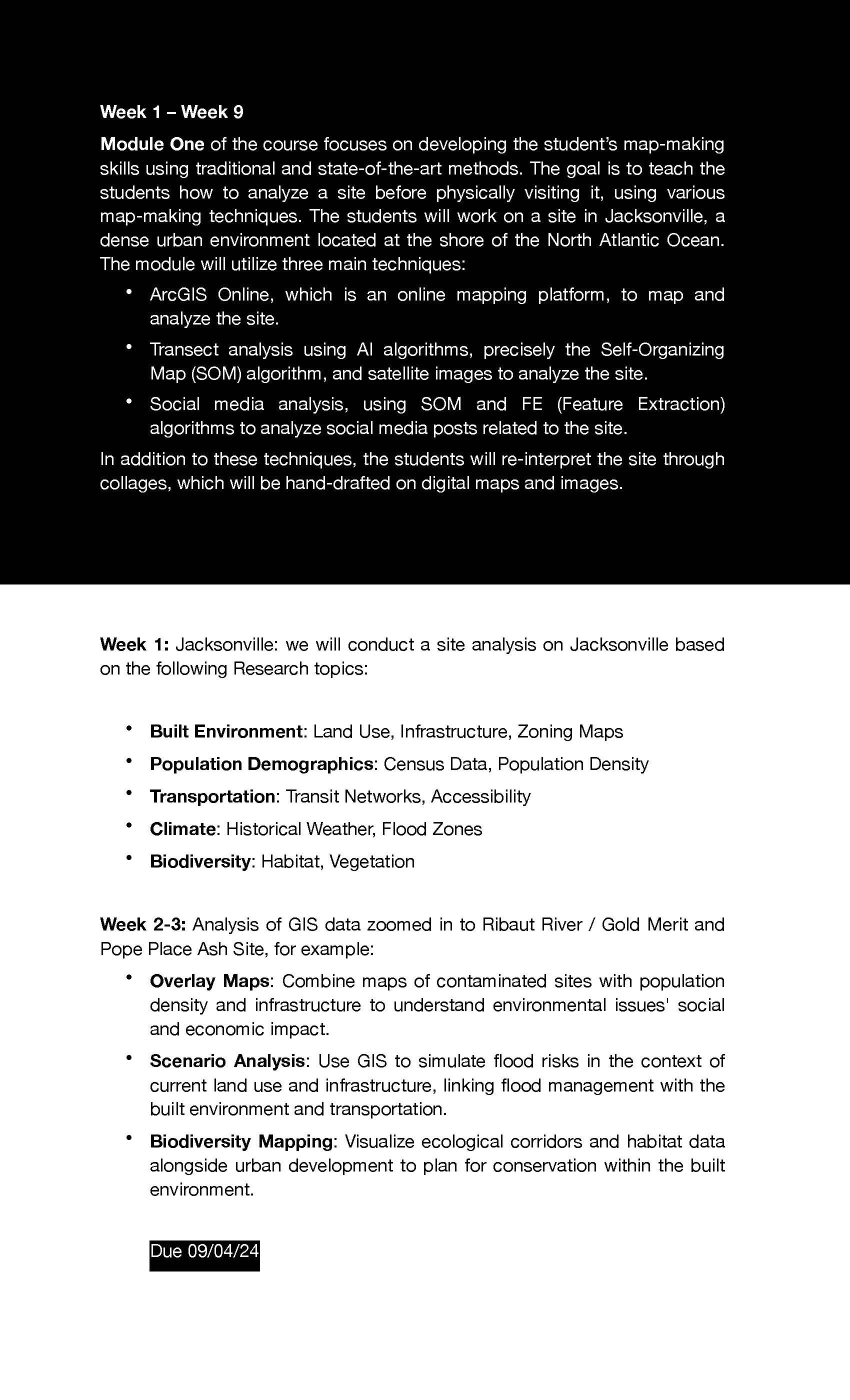
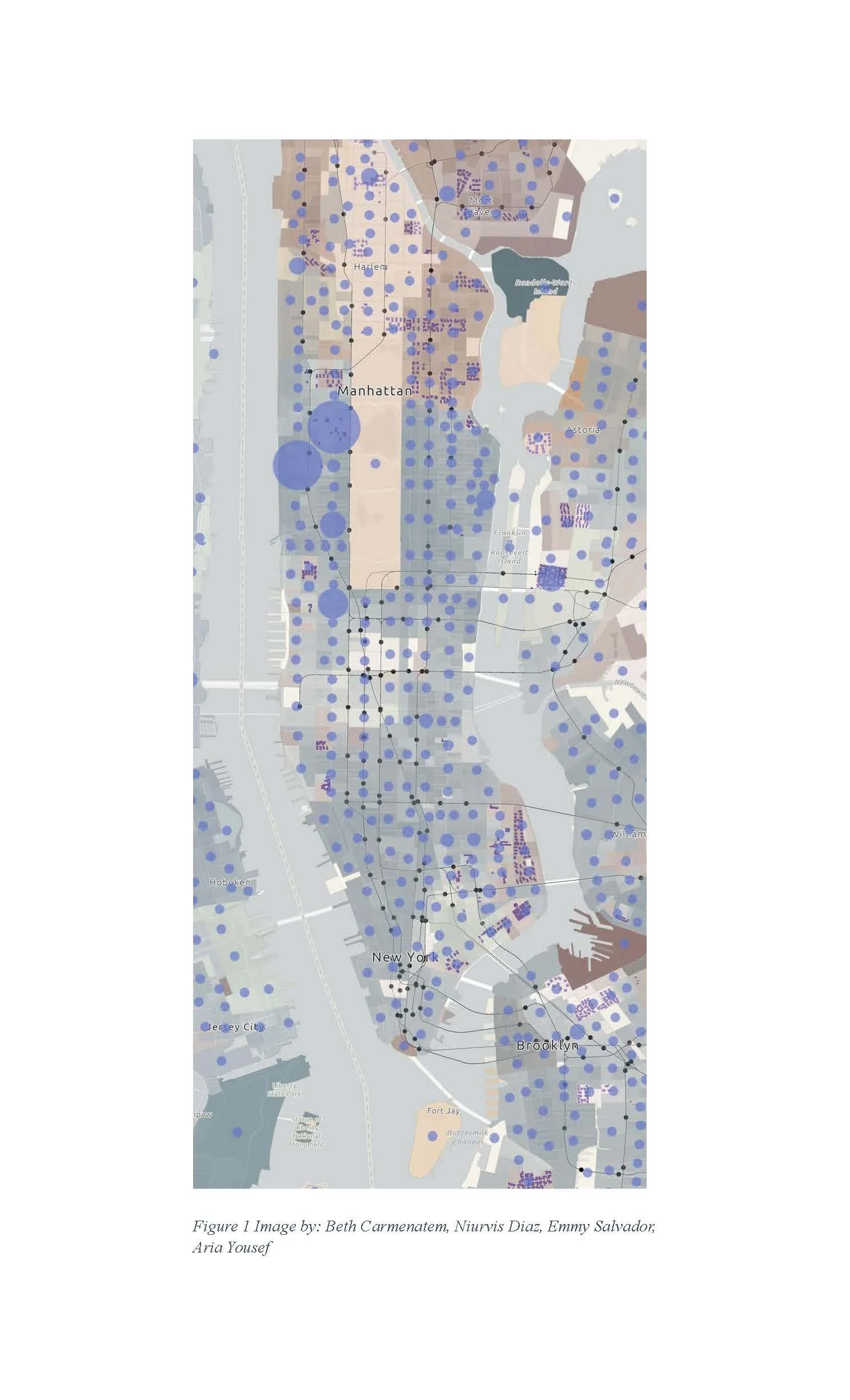
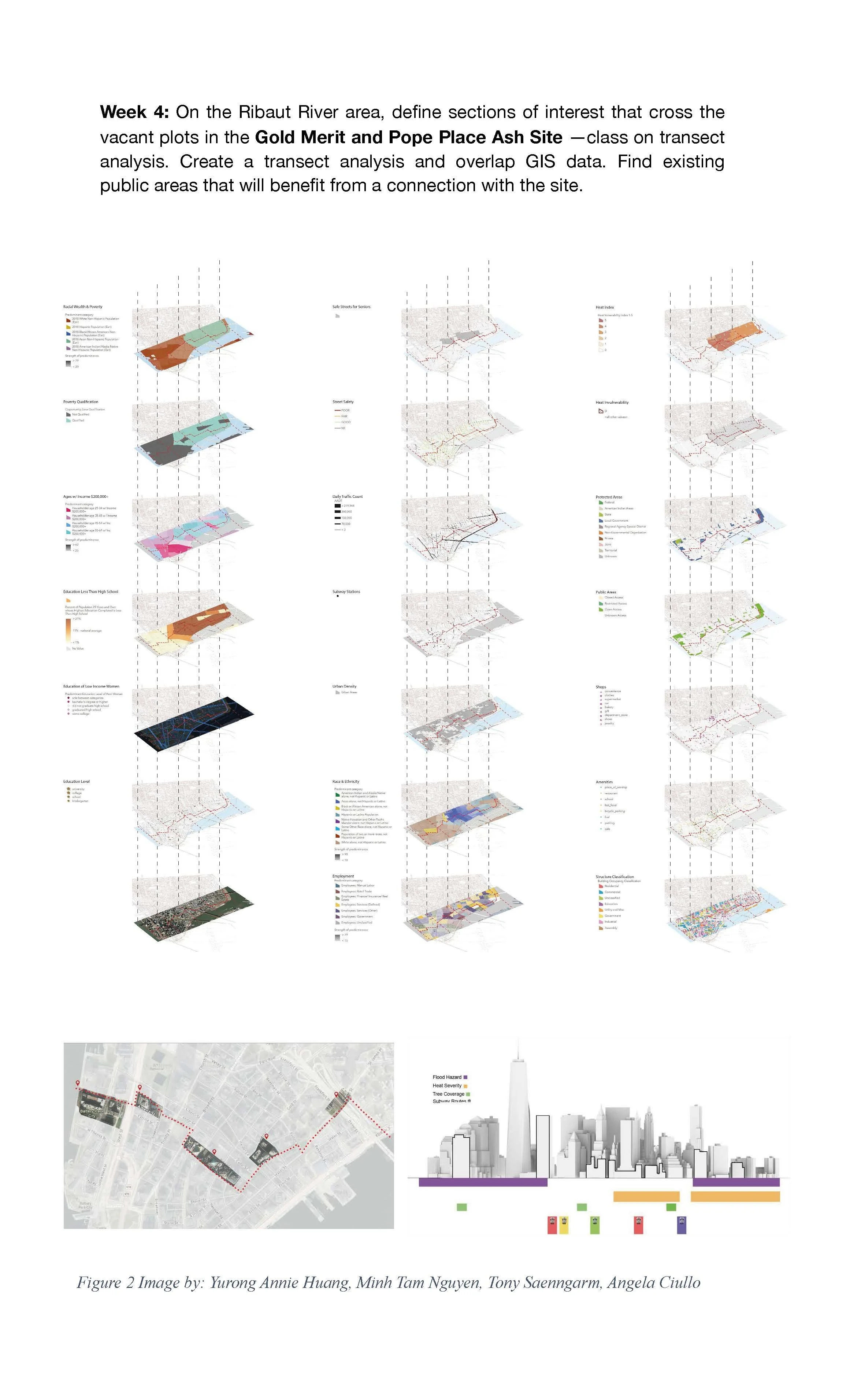

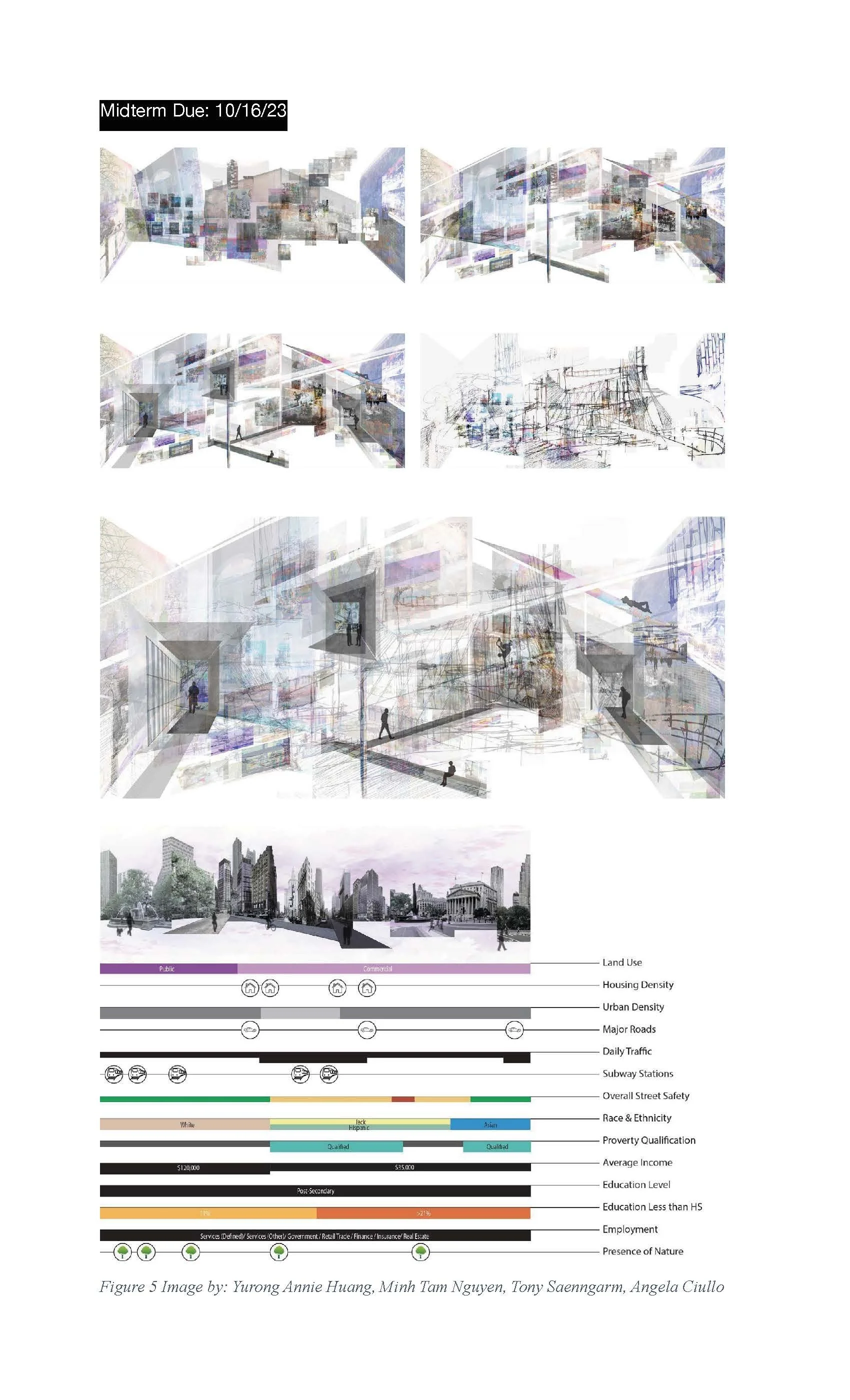
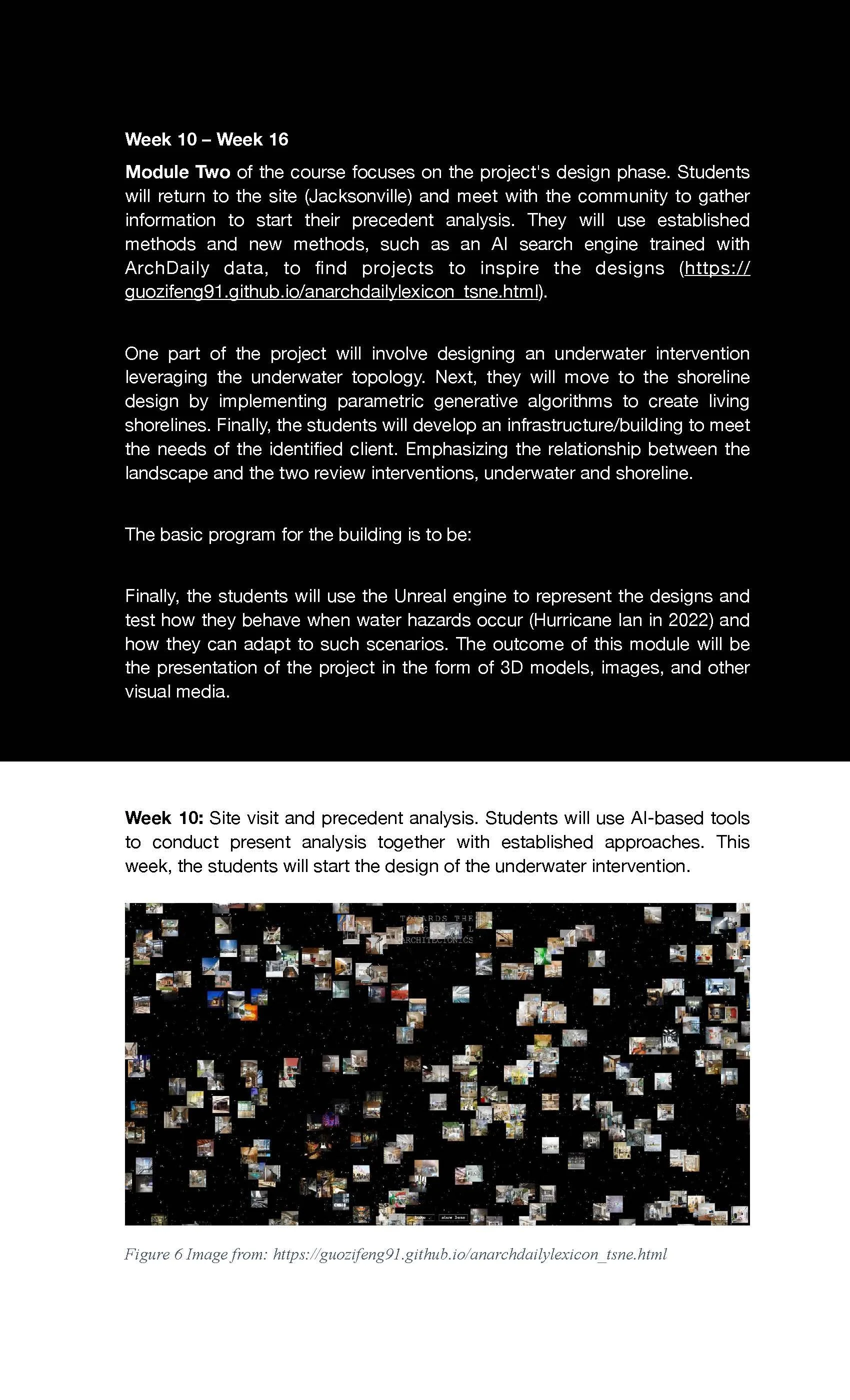
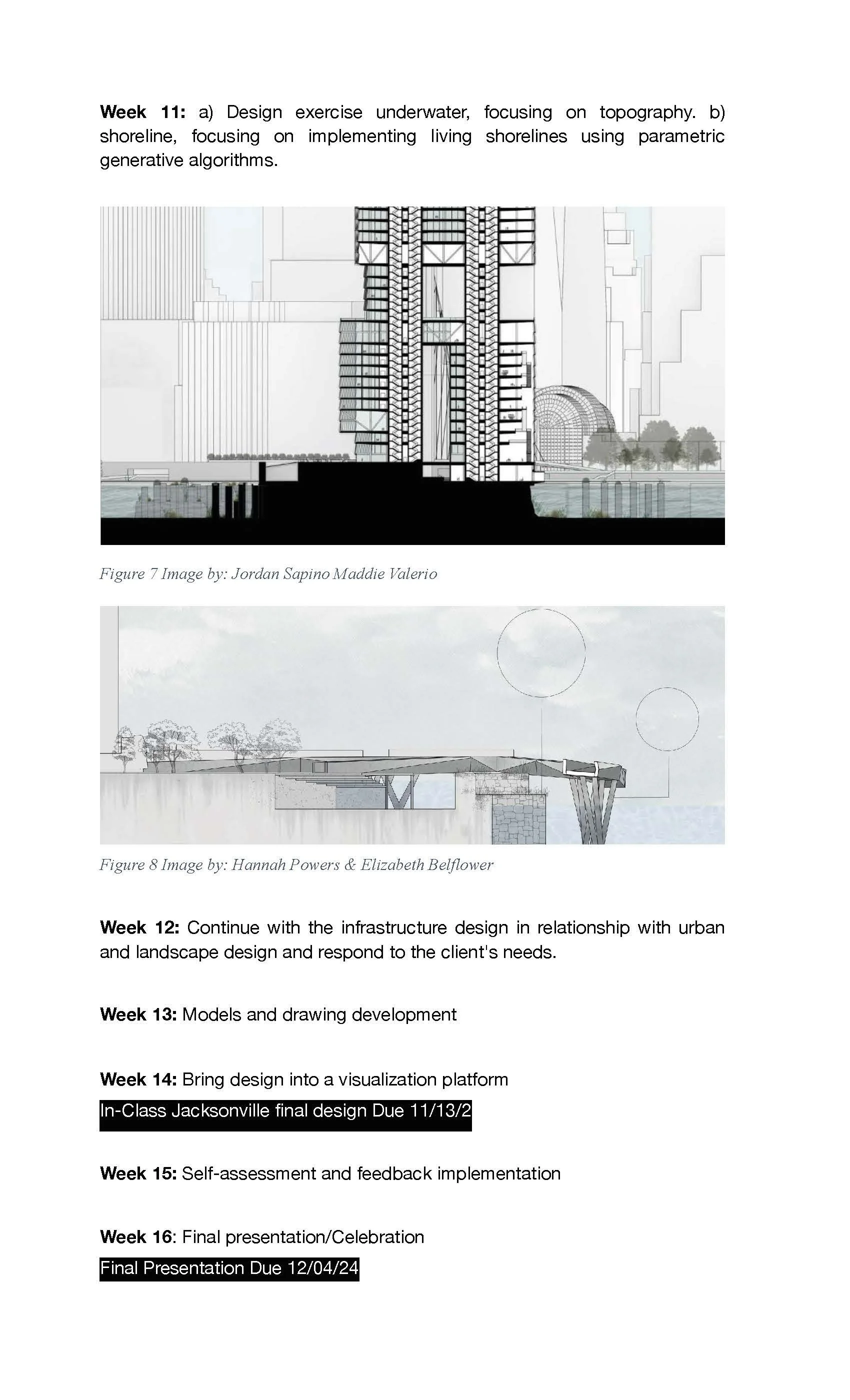
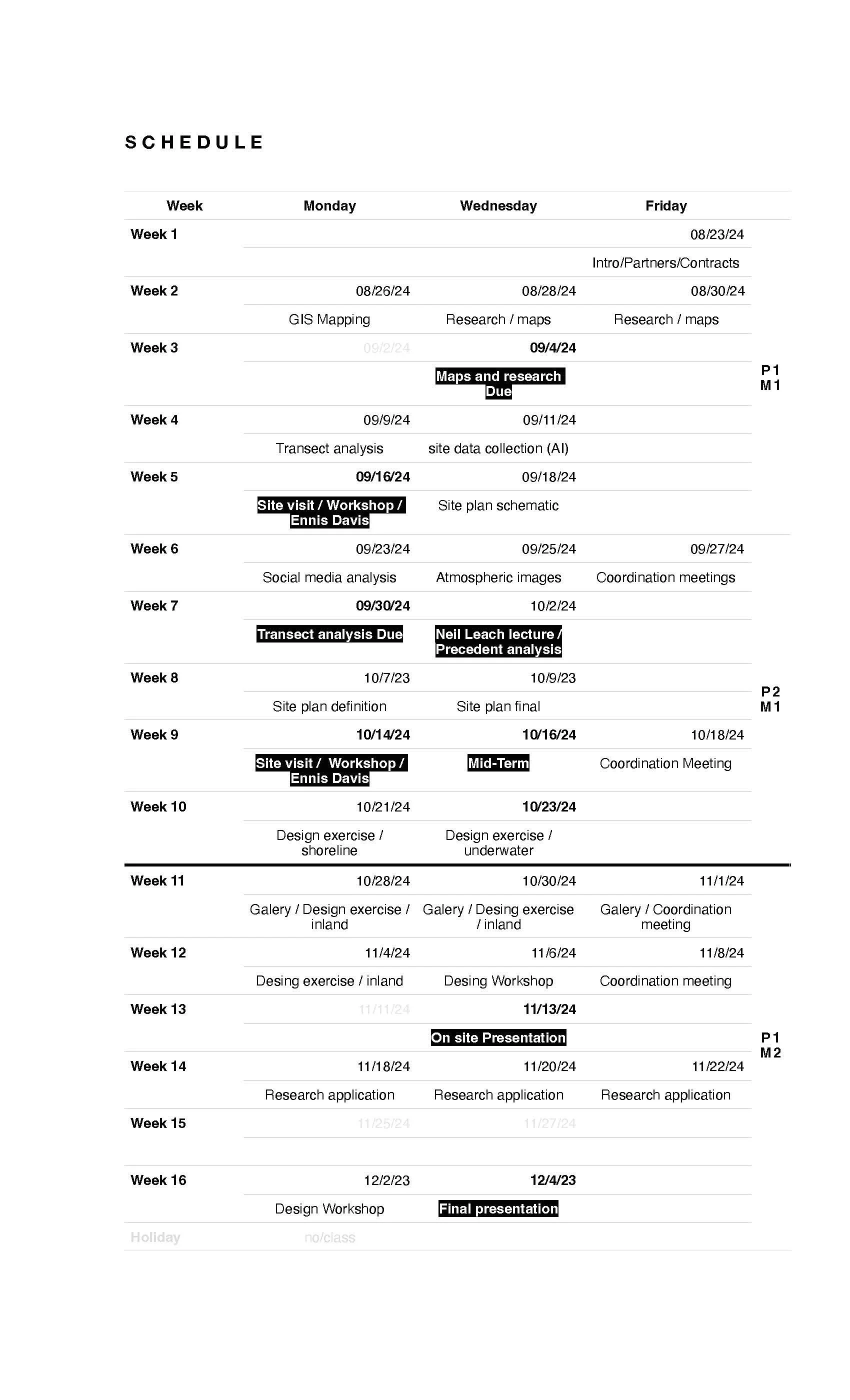
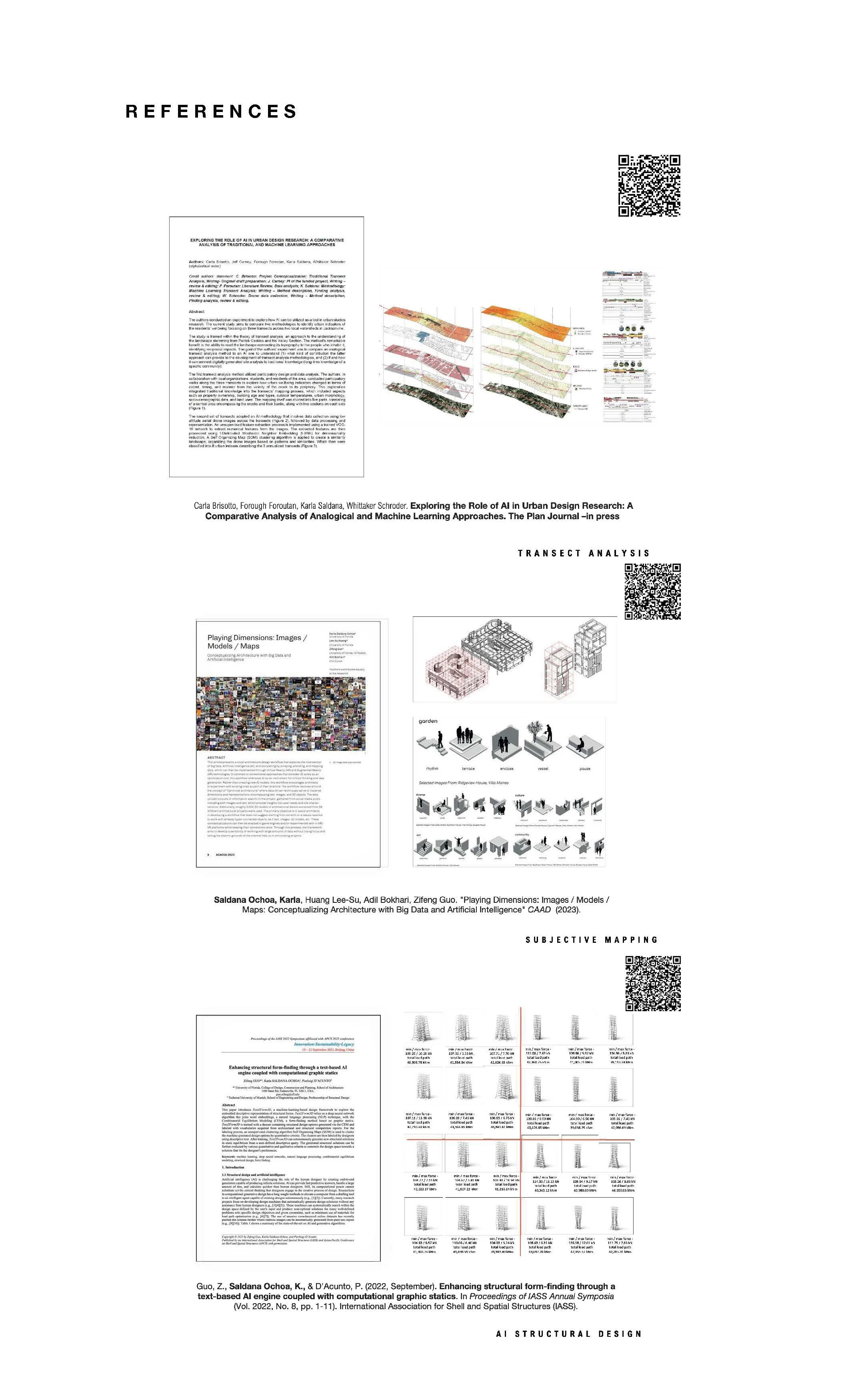
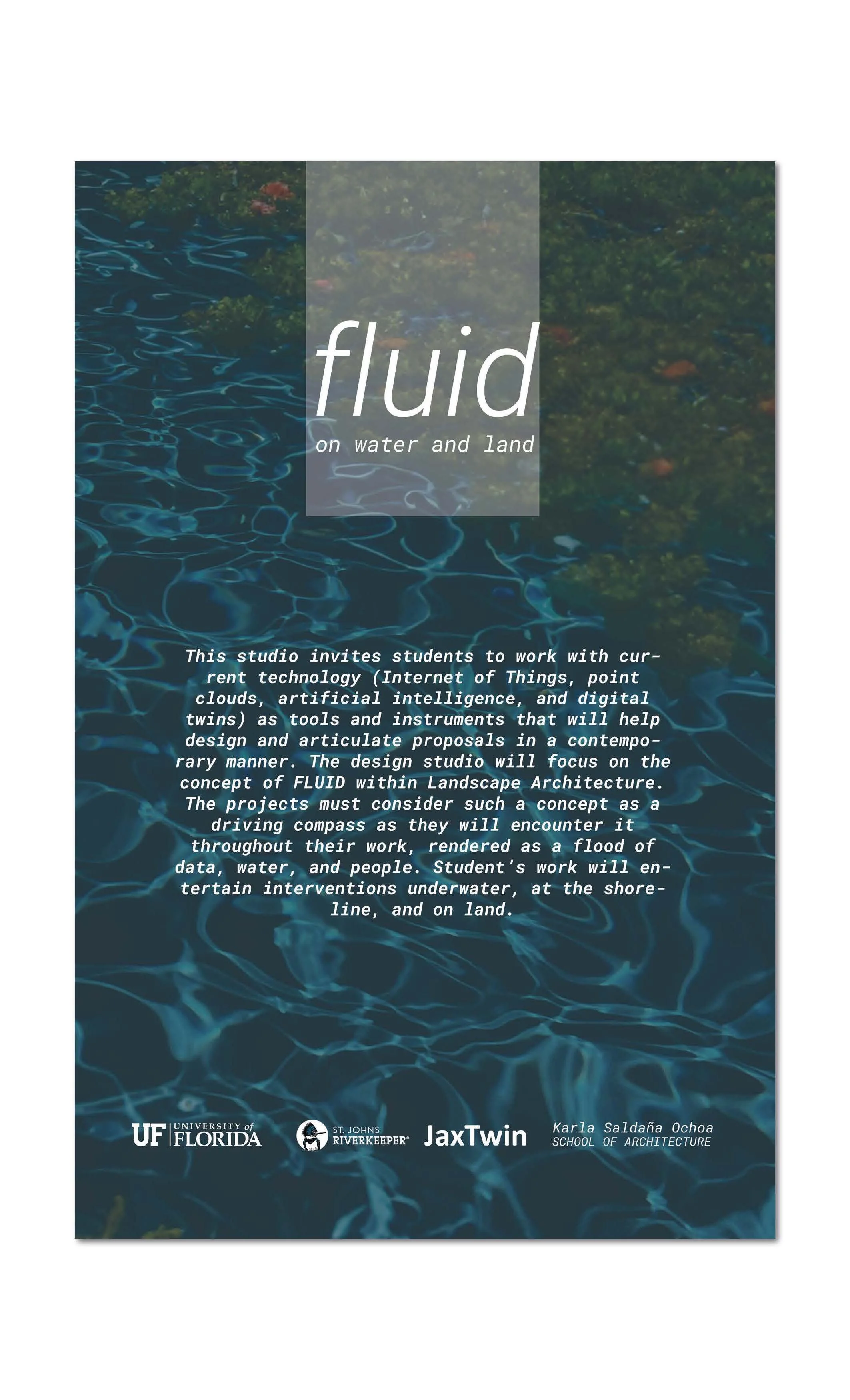
Sample of Student Work














































